Five native birds affected by climate change
With #BirdOfTheYear off to a flying start, science communicator Ellen Rykers investigates how some of our native birds could be affected by climate change.
We all know that climate change threatens the existence of the polar bear. Haunting images of one balancing on thin ice means it has become the poster child for melting ice and a warming world.
But while the plight of polar bears is sad, their story doesn’t quite connect with life on our South Pacific archipelago. Here in little old New Zealand, we’re more likely to hear about rising sea levels inundating cities, and changing weather patterns affecting agriculture. Aside from humans, there is an array of unique New Zealand wildlife that is threatened by climate change.
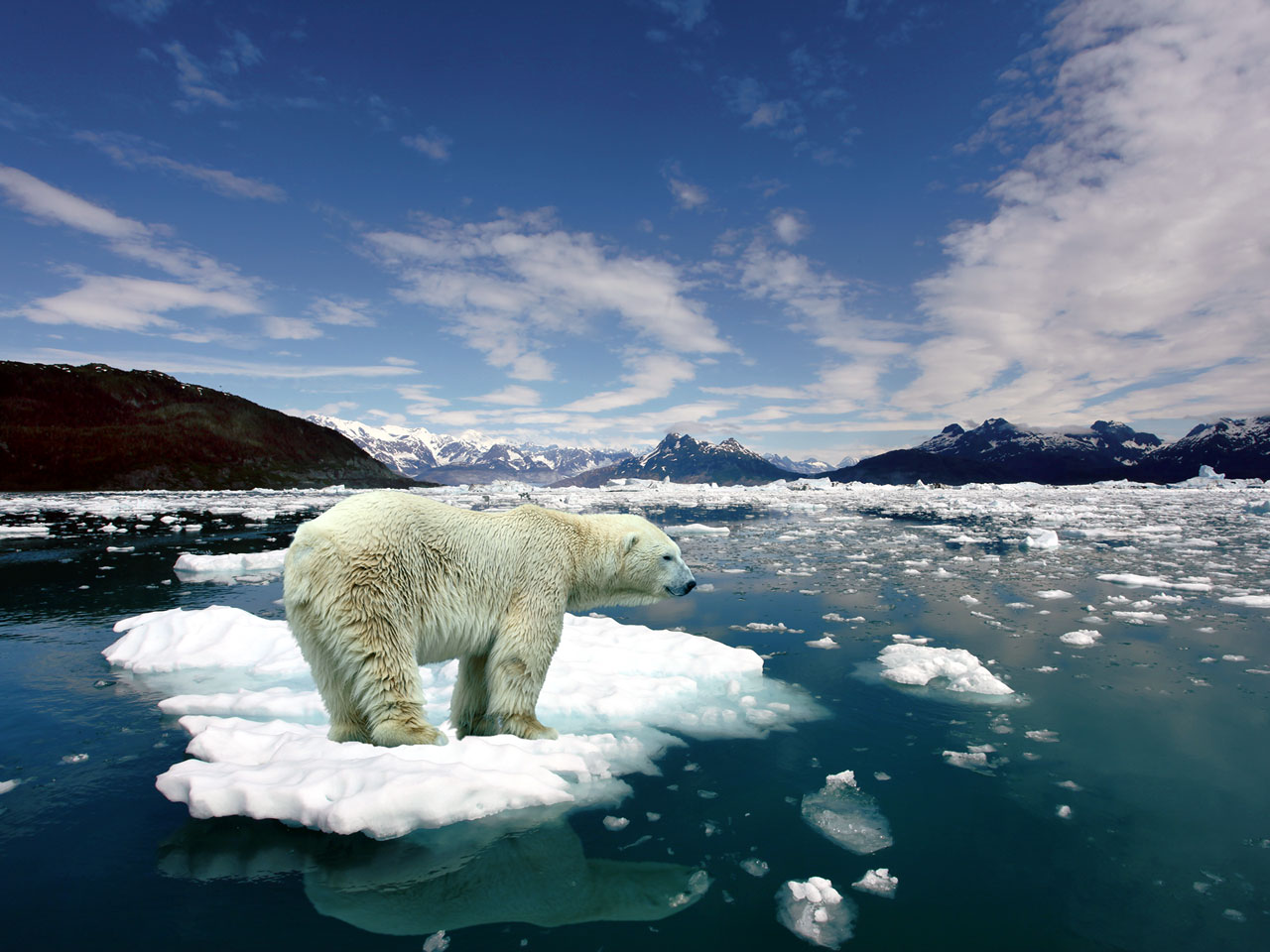
Images of polar bears balancing on melted ice have made them a poster child for climate change. But can New Zealanders relate?
We don’t know exactly how climate change will affect each species in the future, but scientists can make some pretty good predictions based on what we know about ecology, how our planet’s systems function, and historical changes.
So while we’re out here celebrating our fabulous native birds, let’s spare a thought for those of our feathered friends facing immense challenges as our Earth changes. Forget polar bears for a sec, and get up to speed with the climate stories of these five native birds:
1. Albatross (toroa)
New Zealand is the seabird capital of the world, with few as majestic and breathtaking as soaring albatrosses. Fourteen different varieties make their home in the New Zealand region. This includes the famous mainland breeding colony of toroa/northern royal albatross, at Taiaroa Head near Dunedin.
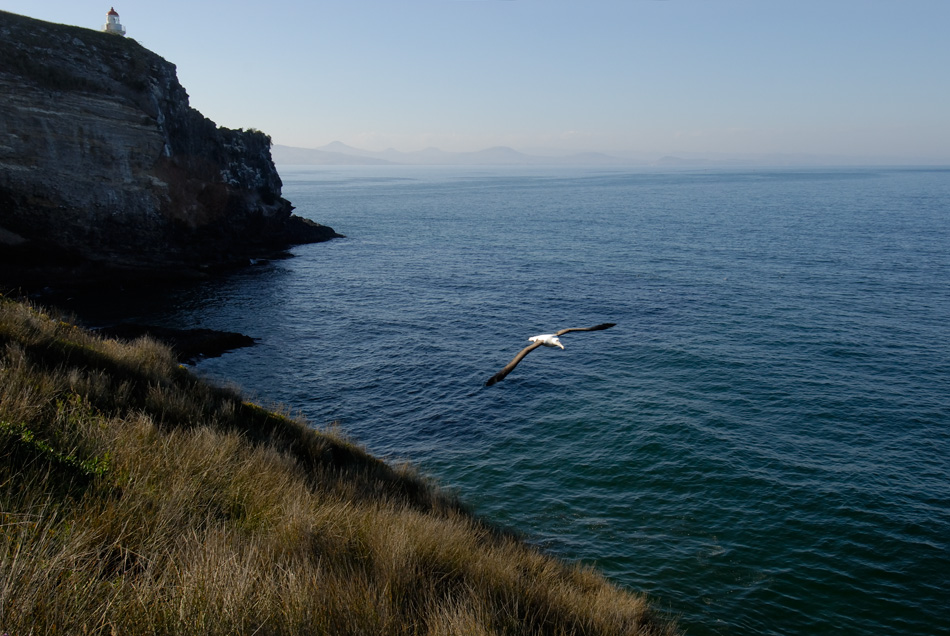
A Northern royal albatross soars above Taiaroa Head in Dunedin (Photo by Craig McKenzie).
Rising temperatures threaten this particular colony. Here, the sheltered conditions create a ‘hot spot’ where ground temperatures can reach 50 °C. The extreme heat forces nesting albatrosses to stand up as they desperately try to cool off, leaving their chicks vulnerable to fly strike and their eggs prone to overheating.
The climate-related problems continue as albatrosses head out on the wing in search of food. These ocean wanderers spend 85% per cent of their time at sea, but now they have to travel further to forage.
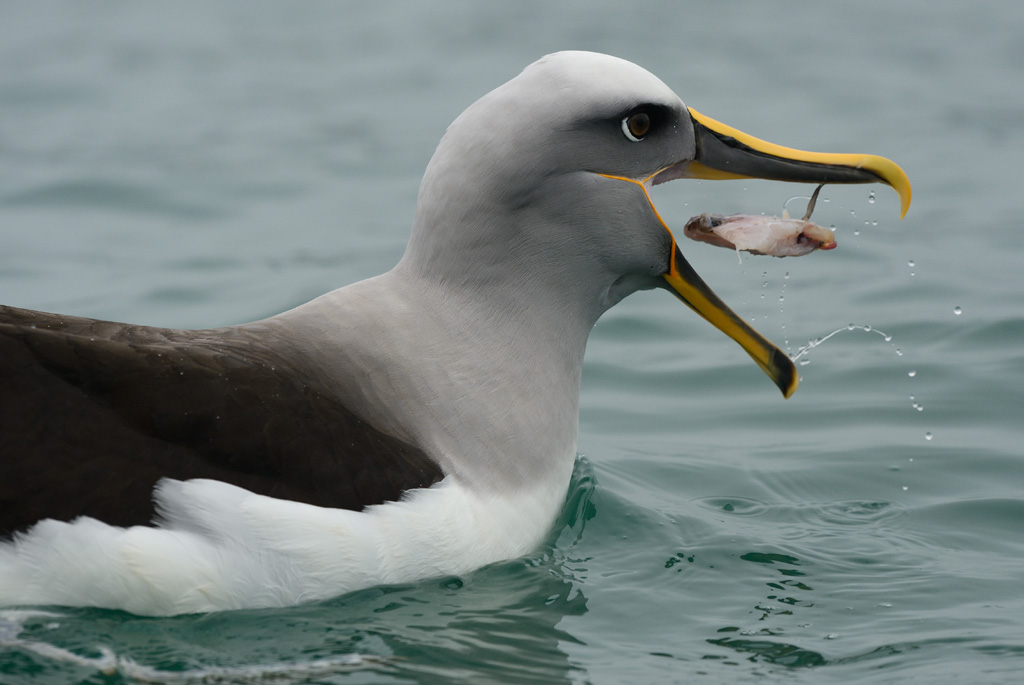
Bullers albatross in Otago Harbour (Photo by Craig McKenzie)
Food availability is shifting with the changes in ocean circulation, rising sea surface temperatures, and ocean acidification. Will albatrosses remain ‘large and in charge’ above our wide oceans, or will climate change get the better of the original ‘Big Birds’?
2. Rock wren (pīwauwau)
These tiny feather-spheres spend their days hopping from boulder to rock in the mountains of New Zealand. Dwelling exclusively above the tree line, between 900 and 2,500m above sea level, rock wrens are our only ~true~ alpine birds.
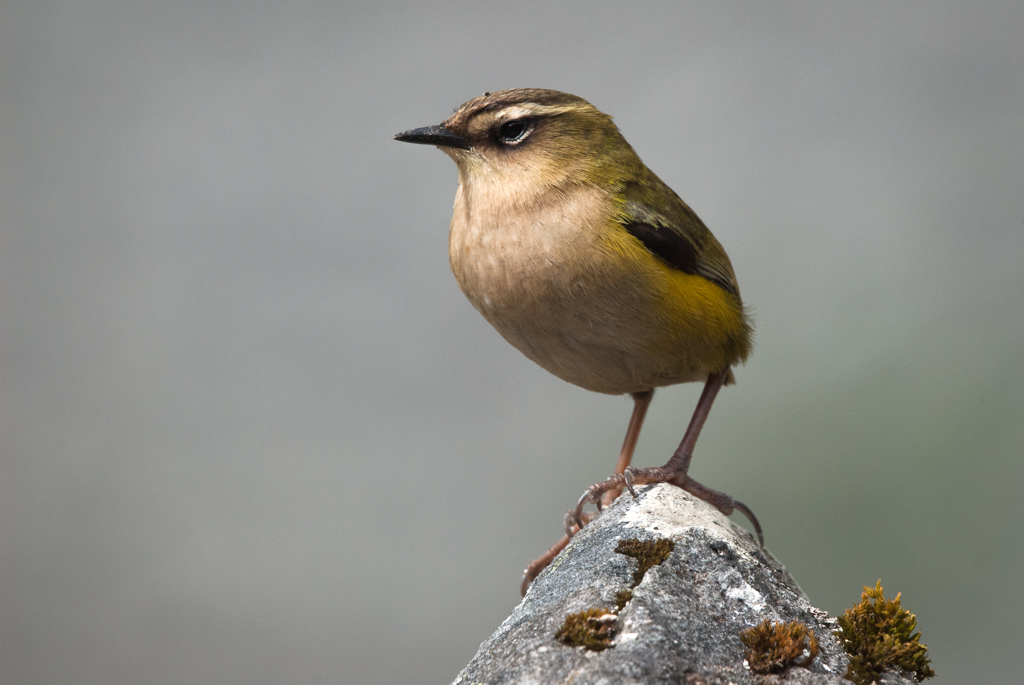
A rock wren (Photo by Craig McKenzie).
Under a climate change regime, New Zealand’s alpine habitats are predicted to shrink by up to 80 per cent as the tree line marches upwards. This leaves rock wrens without much of a home, and their limited flight ability suggests they’re not able to easily move house.
More worrying, however, is the prospect of increased predation. The alpine zone has cool weather with plenty of rain and snow, which has limited the ability of rats and stoats to eat rock wrens. Warmer temperatures will increase the range of these predators – which could spell disaster for our tiny avian mountaineers.
3. Black stilt (kakī)
Kakī are the ultimate ‘All Blacks’ with a heartwarming comeback story. In 1981, there were just 23 kakī left. Today, these avian supermodels remain critically endangered, but there are now 103 wild birds strutting their stuff down the braided river-runways of the Mackenzie Basin.
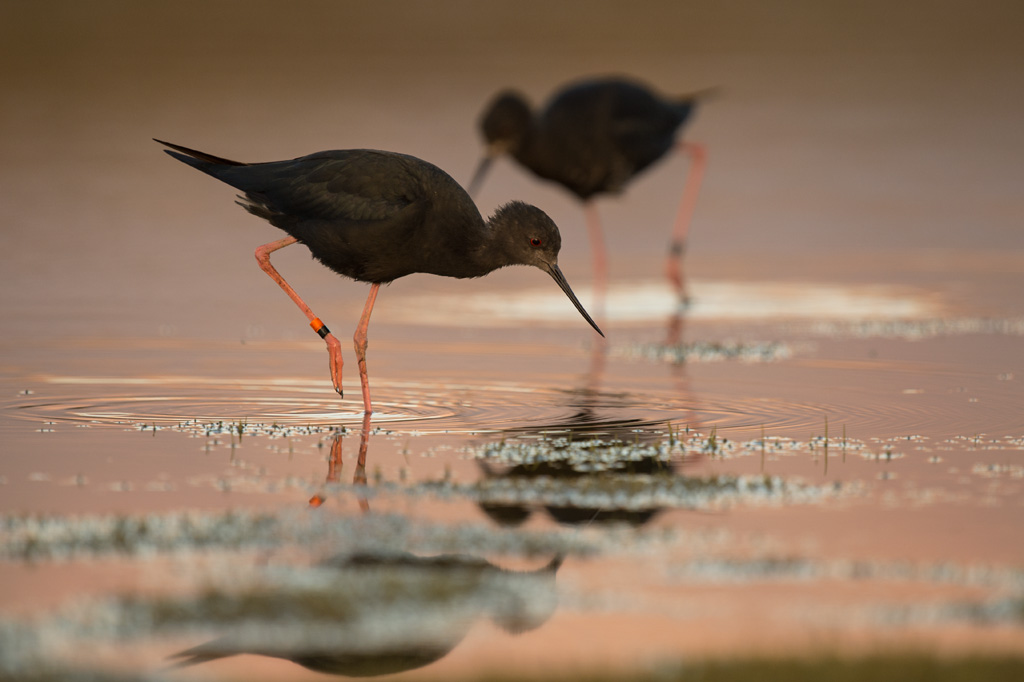
Once numbering just 23, the black stilt population is slowly recovering (Photo by Craig McKenzie).
As kakī nest along the rocky beds of braided rivers, their eggs and chicks are vulnerable to 4WD hoons, predation by introduced mammals, and spring floods. Many river edge habitats have been altered, leaving the kakī with no option but to breed on islands in the braided rivers, making their offspring even more susceptible to floods. Spring flooding is expected to increase under predicted climate change scenarios, adding to the strains of this struggling species. Will kakī get the happy ending they deserve, or will they succumb to the rising floodwaters?
4. Rockhopper penguin
These fierce tubsters sport a spiky hairdo that screams ‘This is not a phase, mum. This is who I really am.’ Of course, if your species’ population had declined by 94 per cent since the early 1940s, you’d probably be emo too.
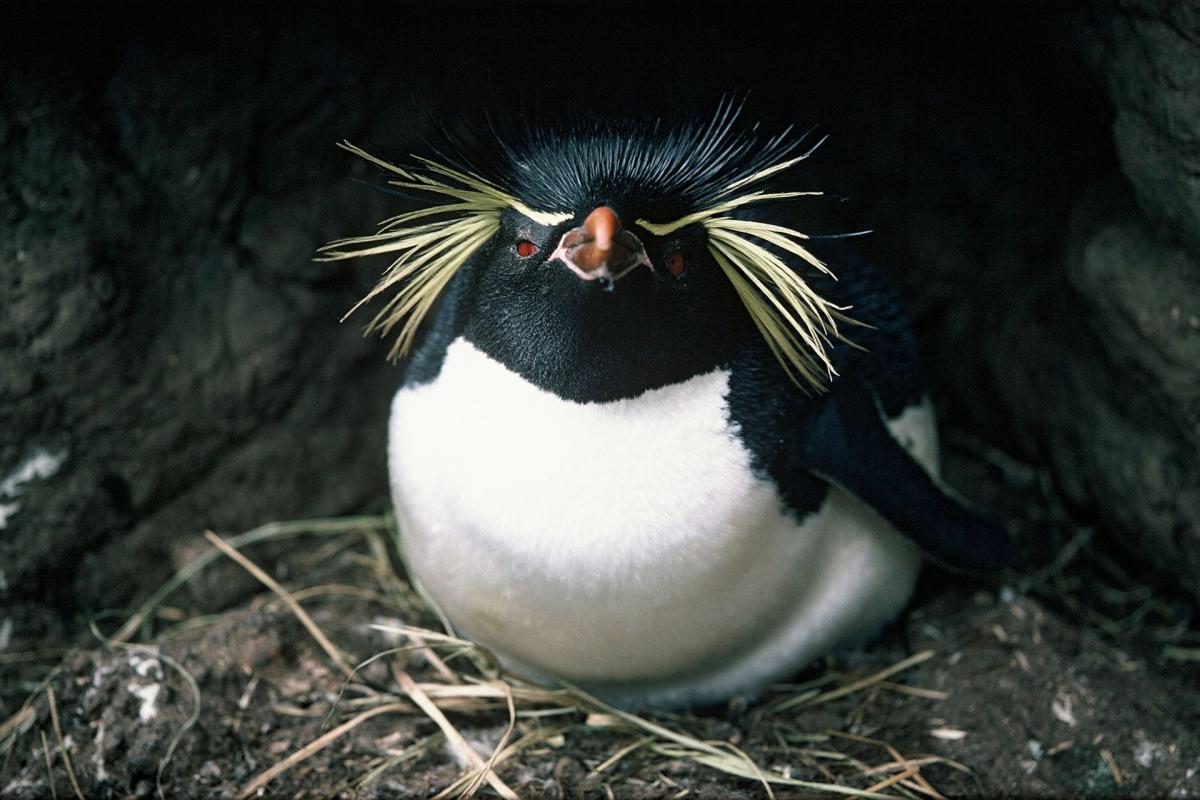
An eastern rockhopper penguin (Photo by DOC).
Eastern rockhoppers are at home winging underwater, but when they visit the subantarctic islands to breed, they scale rocky slopes with their stumpy legs as if they were Alex Honnold free-soloing El Capitan.
There’s no single explanation for the precipitous decline of rockhoppers, but scientists reckon that climate change has a major role to play. Specifically, warmer oceans lead to reduced food abundance, especially at key times in their breeding and moulting phases, which eventually leads to fewer punk-rock penguins.
5. Bar-tailed godwit (kuaka)
The understated appearance of the bar-tailed godwit disguises their insanely badass feats of endurance. Every year, 75,000 of these speckly shorebirds fly non-stop from Alaska to New Zealand: a journey of around 12,000km completed in just eight or nine days.
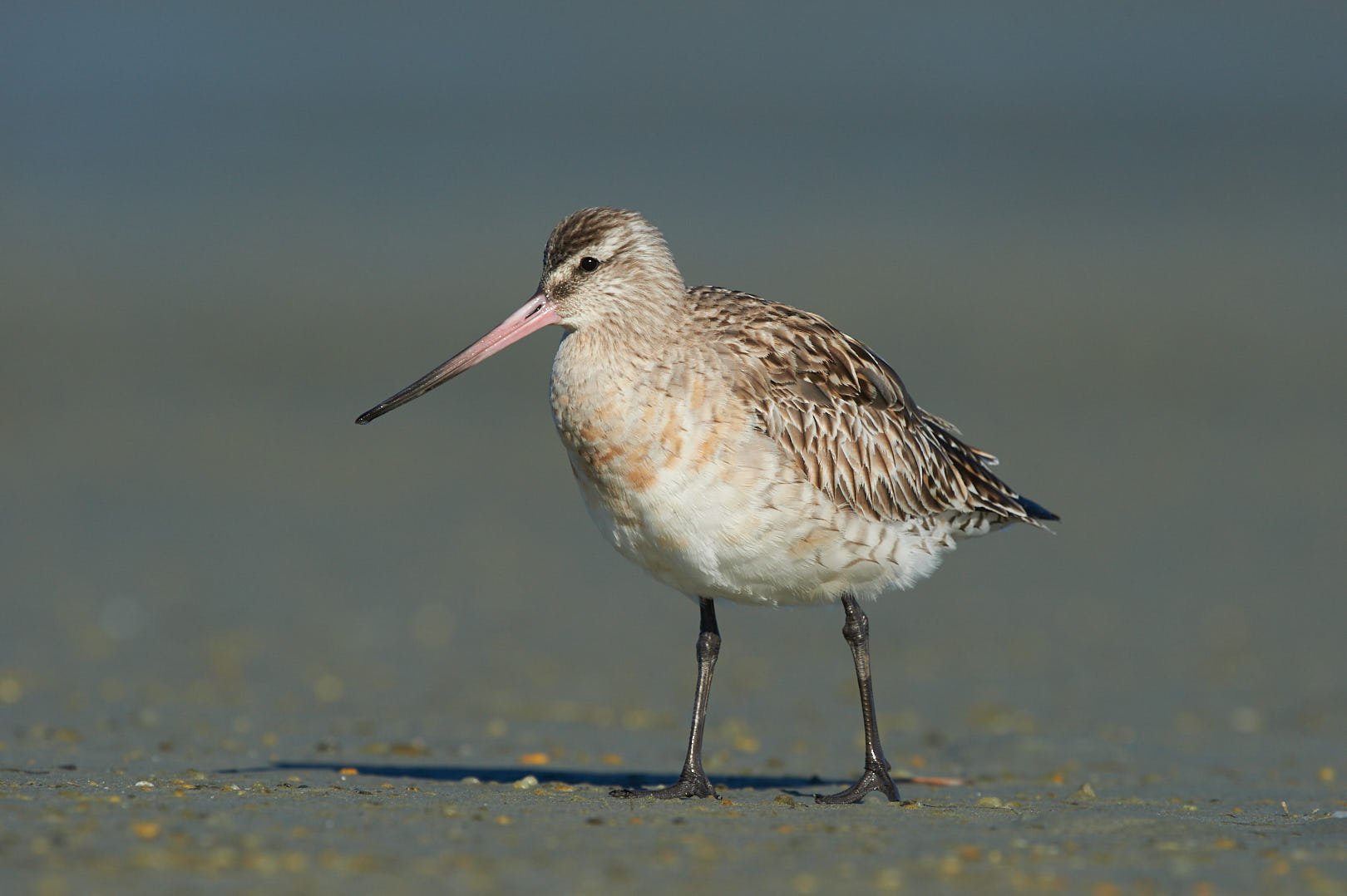
The bar-tailed godwit (Photo by Craig McKenzie).
But at every stage of their epic migration, bar-tailed godwits face new challenges thanks to climate change. In Alaska, the advancing tree line threatens to invade their tundra breeding habitat. The seasonal emergence of invertebrates may also change, disrupting their breeding strategy where eggs hatch just as insect food supply peaks. Climate change may alter wind patterns, which underlie the godwits’ migration strategy across the Pacific.
Here in New Zealand, the greatest climate change threat to godwits comes from rising sea levels. In normal conditions, intertidal ecosystems would adjust naturally by forming further inland. However, we humans like to live around estuaries, and we don’t like to move. Instead of creating space for the habitat to shift inland, we’re likely to build barriers and infill encroaching wetlands, squeezing out our godwit neighbours. Will we leave anywhere for these avian marathoners to live?
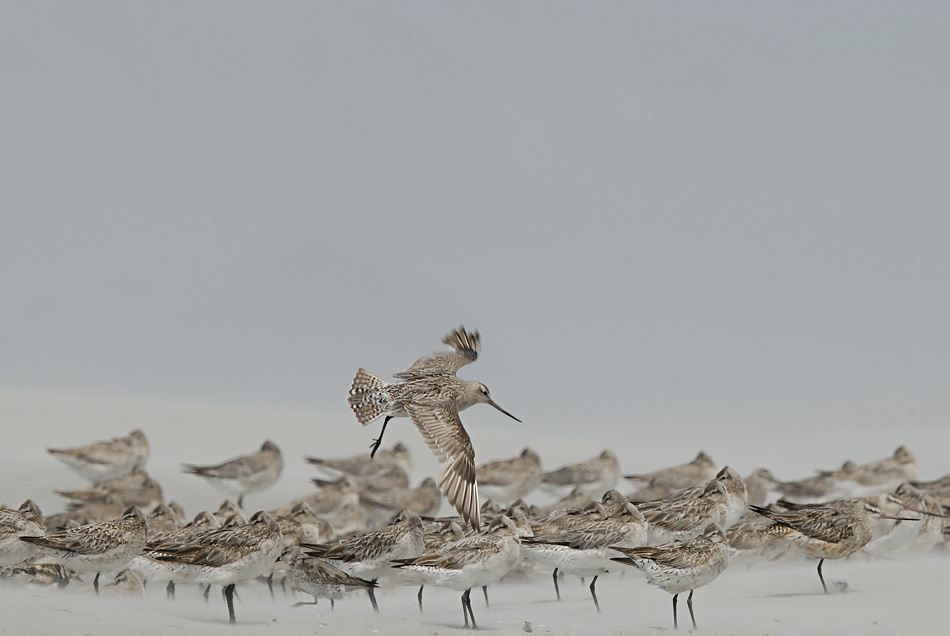
Bar-tailed godwits (Photo by Craig McKenzie).
It can be disheartening and overwhelming when we learn about the plight of our precious native birds. But it’s important to remember that saving our birds means more than just trapping predators and planting trees. Although these actions are fantastic, we’ll need to fight for real climate action if we want to see our nature thrive.
